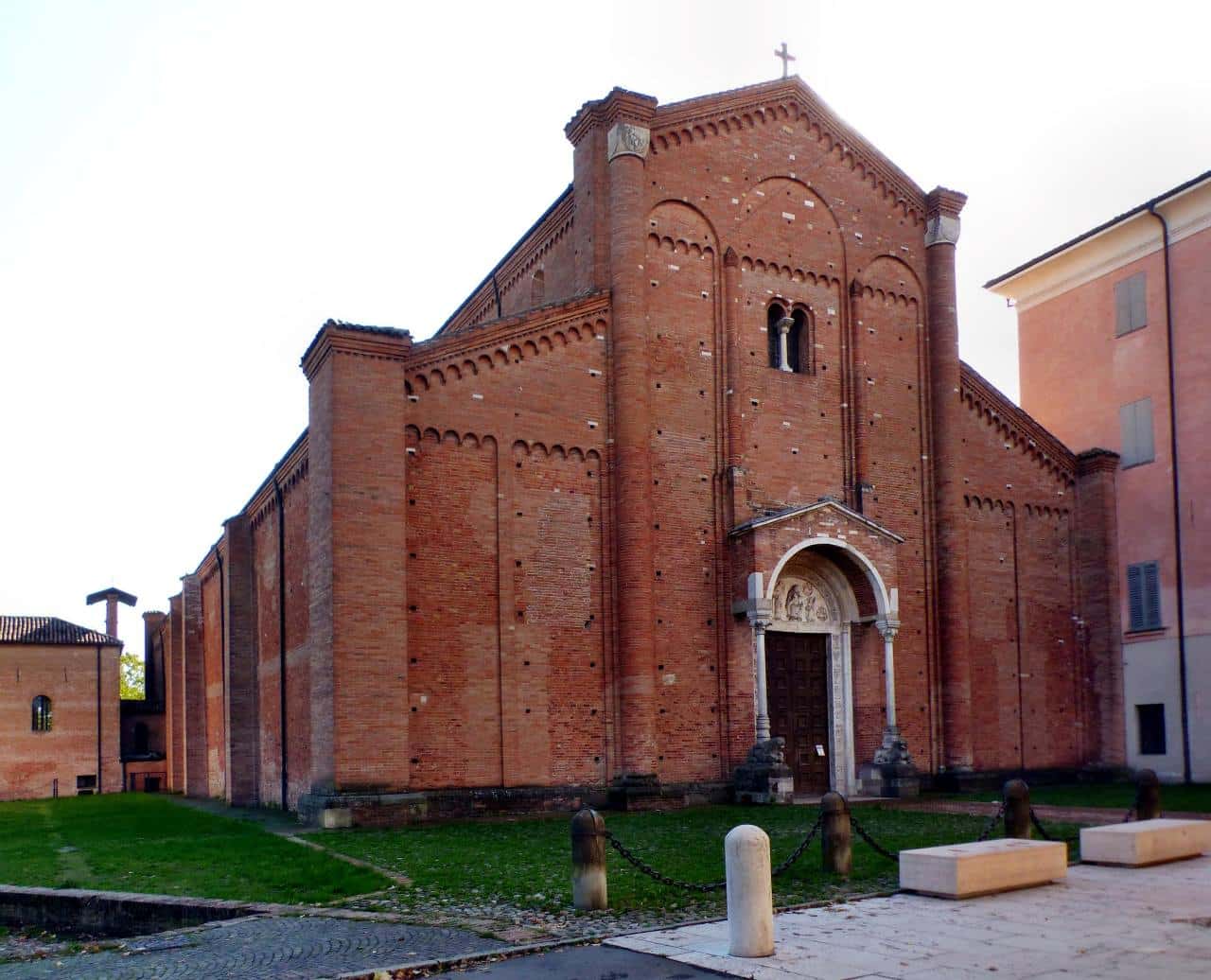Ph. martin-m-miles/flickr
Longobard Duchy of Friuli, some time before the year 752 A.D.
In the silence of his rooms, an absorbed and crooked man looks before him lost in his thoughts and in his future.
On his bed there are two dresses, one next to the other. Two very different clothes that imply very different lifestyles. Two dresses that represent, in a radical way, the present and the future of this man who is about to make a choice as brave as it is radical.
On one side is a precious dress with a cloak. On the other side of the bed there is a wretched and worn-out Benedictine monk’s dress.
Anselmo hesitated for a moment but in the end he had no doubts: he held his habit in his hands and prepared himself ardently to face his new life abandoning forever the role of Duke of Friuli, the second most important position of the Longobard Kingdom in Italy after that of the King.
We do not know if this is exactly how history has unfolded. It is also possible that Anselm stumbled into games and plots of power in front of which he necessarily had to take “a step back”.
But as he embraced monastic life, Anselm became a key figure in the religious world of the time. And the echoes of his grandiose work survive in a dazzling way even today in the famous Abbey of Nonantola.
Thanks to the donation of lands by his brother-in-law Astolfo, king of the Longobards, in the year 752 AD. Anselmo founded this splendid monastic building – of which he immediately became the first abbot – a few kilometres from Modena.

The Abbey Basilica of Nonantola is a magnificent example of Romanesque architecture, built in the 11th century. In the 20th century, the philological restoration brought the Romanesque structures back into view, eliminating the superfetations added over the centuries (especially the Baroque ones).
The entrance portal is underlined by a protruding prothyrum surmounted by a lunette, whose sculptural reliefs are attributed to Wiligelmo – the legendary medieval sculptor who also created the famous works of the nearby Cathedral of Modena.
Once past the portal, we are immersed in a typical Romanesque church with three naves divided by massive pillars and ending in as many semicircular apses. Inside, the essentiality and the red of the bricks are the master. At the end of the nave, a staircase leads to the raised floor of the presbytery while the others to the lower floor of the crypt.
The presbytery, i.e. the place where the officiants of religious rites are placed, is characterized by the altar containing the relics of St. Sylvester I Pope, the abbot’s chair and the crucifix in the half vault of the apse.
In the crypt, one of the largest in Romanesque architecture, are the relics of some saints including those of Anselm – the founder of the Abbey.

The beautiful Abbey of Nonantola was closed for a few years following the terrible earthquake that struck Emilia and other territories in northern Italy in 2012. Reopened in September 2018, it can now be visited in all its splendour to relive the courageous choice of Anselmo and the history that emanates from each of its stones. (The photos of the Abbey are of abbazianonantola.it)



0 Comment